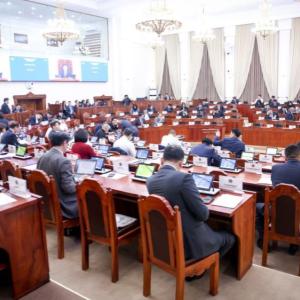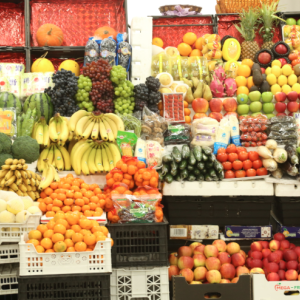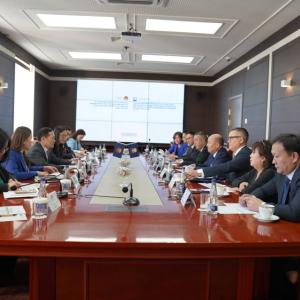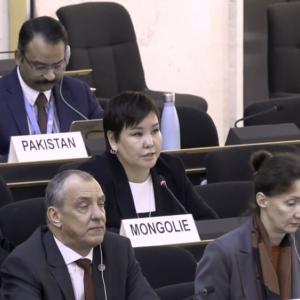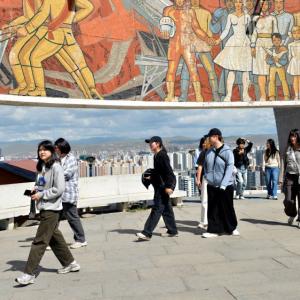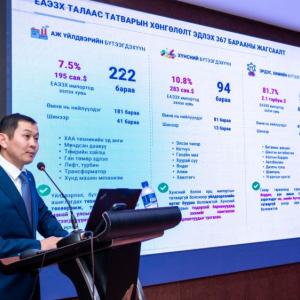Choibalsan-Khuut-Bichigt railway project launched
Politics
Ulaanbaatar /MONTSAME/. Within the framework of the ‘New Revival Policy’ being
implemented by the Government of Mongolia, the construction project of the Choibalsan-Khuut-Bichigt
railway in the eastern region was launched on July 2.
The opening ceremony of
the project was attended by Prime Minister of Mongolia L.Oyun-Erdene
along with corresponding officials from the Parliament and Government. Mongolia
was connected to China’s Erlian border checkpoint through Zamyn-Uud more than
60 years ago. Now, a foundation of a new export gateway between the two
countries is being laid. The Choibalsan-Khuut-Bichigt railway is planned to be constructed with
length of 415 kilometers and the construction work has started from the
Bichigt border checkpoint.
“The national railway network in the eastern region is strategically important as it will be the shortest way to reach China Sea for not only Mongolia but also the Russian Far East passing through the Bichigt-Zuunkhatavch border checkpoint. In short, Bichigt is the main gateway to the sea of the economic corridor of Russia, Mongolia and China. With the commissioning of the Choibalsan-Khuut-Bichigt railway, there will be a lot of opportunities such as putting mineral resources in the eastern region into economic circulation, reducing the cost of transport and logistics by 2-3 times, carrying 25 million tons of freight through the Bichigt border checkpoint annually to reach overseas markets through the territories of China and Russia. By doing so, it will become possible to have new export gateway. As for landlocked Mongolia, three out of 42 terrestrial border checkpoints namely Sukhbaatar, Ereentsav, and Zamyn-Uud are connected by rail. In addition, about 50 percent of the mining products is being exported through the Gashuunsukhait border checkpoint alone, while more than 70 percent of the consumer goods is being imported through the Zamyn-Uud border checkpoint currently. By changing the current situation completely, Mongolia will have five export gateways and the competitiveness of transport and logistics will double,” said L.Oyun-Erdene.
With the resolution No.116 dated
March 16, 2022, the Cabinet ordered Minister of Road and Transport Development L.Khaltar
to meet with and select from foreign and domestic investors interested in
cooperating on the projects to be implemented under
‘design-build-operate-transfer’ concession agreements for ‘Khuut-Choibalsan’
and ‘Khuut-Bichigt’ railway with the involvement of ‘Mongolian Railway'
state-owned shareholding company. The Japanese company ‘Nippon Koei’, which was
selected as a technical consultant, carried out works including conducting
detailed environmental assessment and developing technical blueprint for the
Tavantolgoi-Sainshand, Sainshand-Khuut, Khuut-Bichigt, Khuut-Choibalsan
railways.
As part of the ‘Revival of Border Ports’ set out in the
government’s New Revival Policy, the Government is working to not only connect border
checkpoints by infrastructure, but also develop them comprehensively in line
with international standards and establish port-based satellite cities In this
context, Bichigt border
checkpoint is planned to be developed as a Mongolian model port that meets
international standards, and to complete its construction work within two years with financing from
the Asian Development Bank.
Prime Minister L. Oyun-Erdene
said, “This great construction work will pave the way for the establishment of
the free economic zone and city relied on the border checkpoint aside from
creating about 800 jobs, opening up the opportunities to transport 12 million
tons of freight per year, as well as having cooperation in the energy,
industrial park, tourism sector, laying a foundation for the rapid development
in the eastern region.
Therefore, a great construction work is underway to bring the Bichigt border checkpoint, which was first opened on July 2, 1992, to international standards and lay the Choibalsan-Khuut-Bichigt railway track.
 Ulaanbaatar
Ulaanbaatar






















